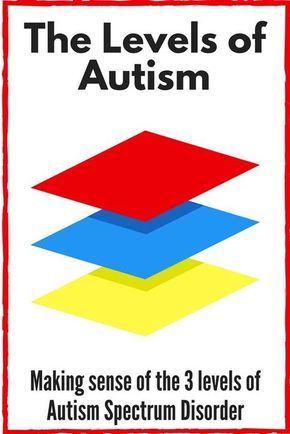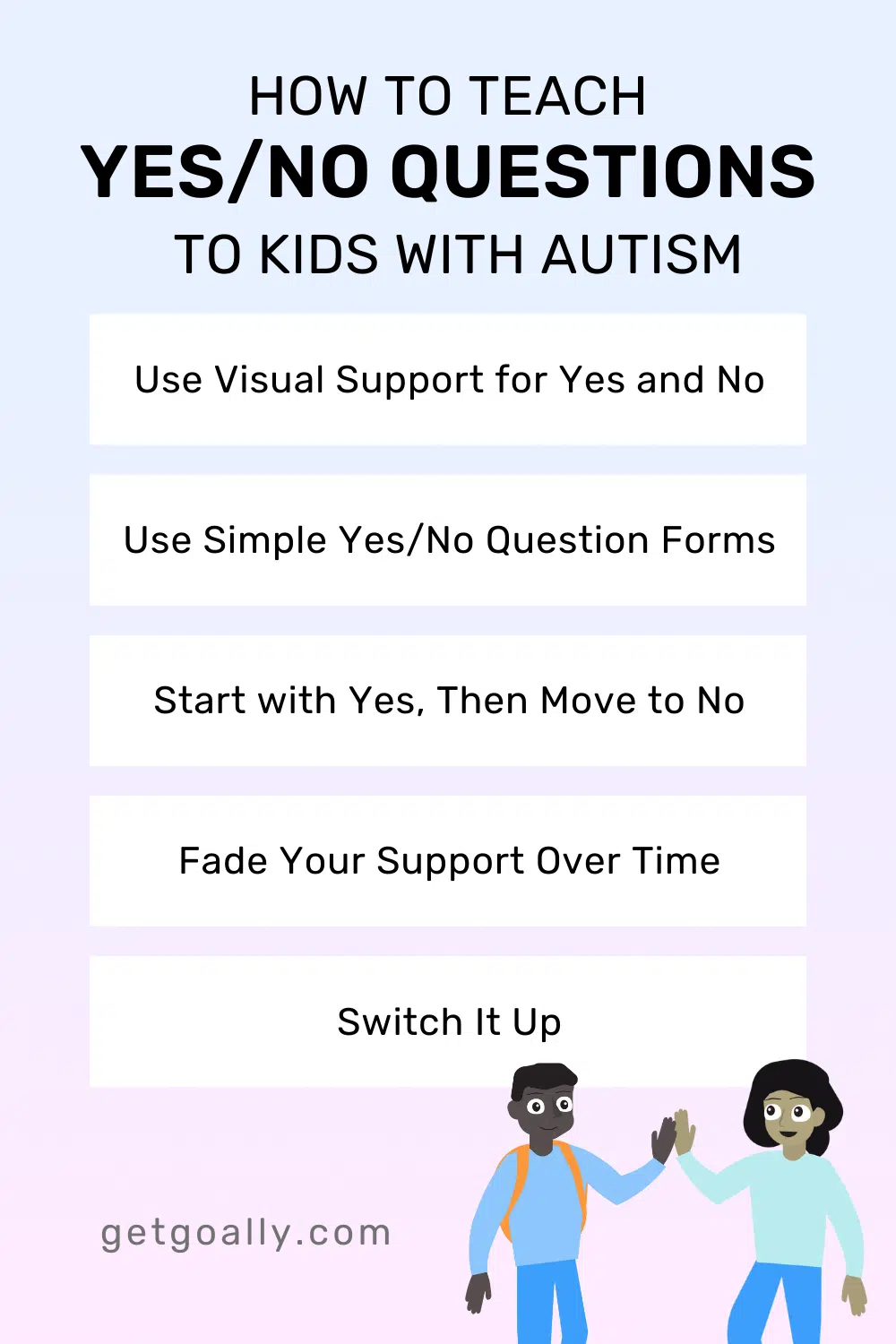Individuals with autism level 1 may exhibit certain symptoms that affect their social interactions and communication abilities. Here are some symptoms of autism level 1 include:
- Challenges in social interactions: Difficulty initiating or maintaining conversations, limited eye contact, and struggles with understanding social cues and norms.
- Communication difficulties: Delayed speech or language development, trouble with nonverbal communication (e.g., gestures, facial expressions), and a literal understanding of language.
- Repetitive behaviors and restricted interests: Engaging in repetitive movements or actions, intense focus on specific topics or objects, and resistance to routine changes.
- Sensory sensitivities: Heightened or decreased sensitivity to sensory input, such as sound, light, touch, taste, or smell.
- Strengths and talents: Individuals with autism level 1 often possess unique strengths and talents, such as exceptional attention to detail, deep knowledge in specific areas, and heightened pattern recognition abilities.
Recognizing the symptoms of autism level 1 can facilitate early intervention and support. Goally, a tablet-based tool, offers a range of apps and features designed to help kids with autism level 1 build life and language skills, promote emotional regulation, develop executive functioning skills, and enhance social skills. Through digital visual schedules, AAC, gamified learning, and skill training videos, Goally provides interactive and engaging support, fostering growth, independence, and overall development.
Editor’s note: This information is not meant to diagnose or treat and should not take the place of personal consultation, as needed, with a qualified healthcare provider and/or BCBA.
This post was originally published on June 1, 2023. It was updated on July 14, 2023.















